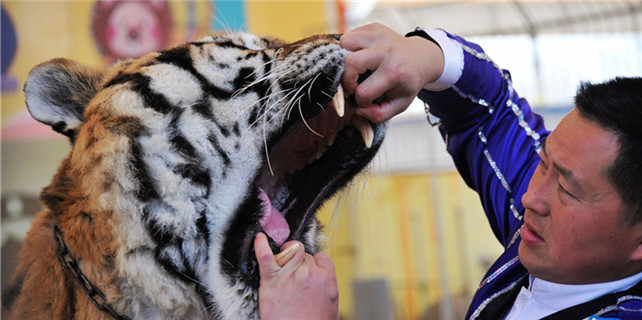The evolution of writing wills in the country
In ancient China, a will was called yishu (a letter left behind), or yiyan (words that are left behind).
Besides documenting how the person's assets should be dealt with, the will also includes the obligations that one's offspring have to undertake as well as the burial location.
In Wuyue Chunqiu, an ancient book written by Zhao Ye during the Eastern Han Dynasty (AD 25-220), Yu, the founder of the Xia Dynasty (c.21st century-16th century BC), is said to have told his followers in a will that he must be buried in the Kuaiji mountain, and that the coffin must not be made with any lavish materials but with ordinary wood. Yu's will is believed to be the first in China.
According to some scholars, the first will that contained details about wealth allocation emerged as early as the Han Dynasty (206 BC-AD 220).
Laws in the Tang Dynasty (AD 618-907) recognized the legal validity of the will as a way of inheritance, though the will should not deprive the right of inheritance for spouse and offspring. Later in the Southern Song Dynasty (1127-1279), wills lost legal effect, and inheritance could only be conducted according to law.
In the Qing Dynasty (1644-1911), the will was only a supplement to legal inheritance, which protected the right for the primary heirs in a family, and the will could only be used to partially dispose one's property.
In 1985, the People's Republic of China established the current Law of Succession. According to this law, one's property and possessions will be handled in accordance with testamentary succession, which means that the assets will be allocated as stated in the will, though legal rights must still be fulfilled.
Under the current law, a will could take one of four forms: a notarial will made by a testator through a notary agency, a testator-written will made in the testator's own handwriting and signed by him, a will written on behalf of the testator, and a will made in the form of a sound-recording.
The last two forms of wills must be witnessed by two or more people.









